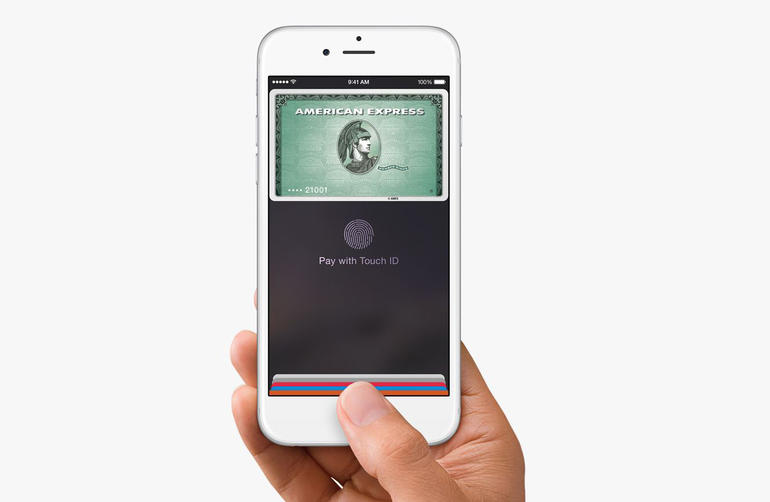After launching it in the U.S. as a limited iPhone 6 and iPhone 6 Plus feature — as it needs certain hardware components to work — Apple Pay has quickly become a success product for the company, surpassing in popularity similar mobile payments solutions that have been available to some smartphone users for years. Unsurprisingly, Apple doesn’t want to limit Apple Pay support to iPhone 6 units sold in the U.S., and the company plans to expand to more regions of the world, including Europe, according to a job listing found by iClarified.
FROM EARLIER: The iPhone 6 might be low-res, but Apple’s highest-resolution device ever is coming soon
Apple this week revealed that even more banks and stores accept Apple Pay payments, saying that it supports credit cards that make up about 90% of all credit card purchases in the country.
In the past months, the company also confirmed that it plans to launch Apple Pay in China, with some financial institutions also showing interest in an Apple Pay expansion to Europe and other markets. Even so, it’s not clear when Apple Pay will be rolled out in other regions.
“Apple Pay is a new and exciting area in Apple that is set to expand across Europe, Middle East, India and Africa. Apple Pay will change the way consumers pay with breakthrough contactless payment technology and unique security features built right into their iPhone 6 or Apple Watch to pay in an easy, secure, and private way,” Apple wrote in the listing. The new London-based Apple Pay team will work to drive the roll-out of this technology across EMEIA by working with a variety of internal and external partners, including teams in the US where the product will first launch and the EMEIA organization, as well as Issuers, payment networks and merchants across Europe.”
In addition to the iPhone 6 and iPhone 6 Plus, the iPad Air 2 also has Apple Pay functionality, limited to online purchases only, and older iPhone models will also get Apple Pay support as soon as the Apple Watch launches next year.




